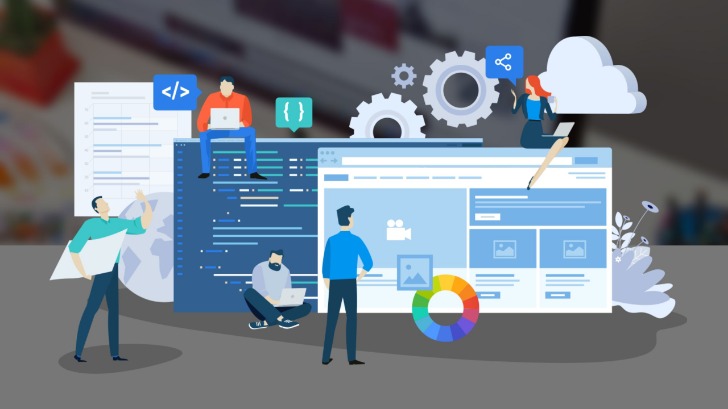In today’s digital age, one of the most critical tasks for website administrators is to keep their platforms secure. Particularly for WordPress users, ensuring the removal of malware is vital. This guide provides a comprehensive approach to understanding, detecting, and eliminating the threat of WordPress malware.
Recognizing the Symptoms of Malware Infection
Before diving into removal strategies, it’s important to identify the signs of malware infection in your WordPress site:
- Unusual site behavior or slow load times
- Frequent pop-ups or ads not placed by you
- Unexpected modifications in core files
- Unapproved user accounts
- Error messages or site crashes
Steps to Remove Malware from Your WordPress Site
1. Backup Your Website
Before making any changes, create a full backup of your WordPress site. This includes all files, databases, and other critical data.
2. Scan Your Website for Malware
Use a reputable malware scanning plugin or external tool to detect malicious code. Some popular choices are:
- Wordfence Security
- Sucuri Security
- MalCare
Read more about wordpress malware removal here.
3. Remove Detected Malware
Upon identifying threats, these tools typically provide an option to automatically remove the malware. If manual removal is needed:
- Access your WordPress files via FTP or cPanel.
- Identify and delete unfamiliar or suspicious files and code.
- Replace compromised core files with fresh copies from WordPress.org.
4. Update Plugins and Themes
Ensure all your plugins and themes are up-to-date. Outdated plugins and themes can be gateways for malware.
5. Enhance Your Website Security
To prevent future infections, implement the following security measures:
- Install a security plugin like Wordfence or Sucuri.
- Use strong, unique passwords and change them regularly.
- Regularly update WordPress core, themes, and plugins.
- Enable two-factor authentication (2FA).
FAQ: WordPress Malware Removal
What is WordPress malware?
Malicious software that targets WordPress websites to compromise their functionality, steal information, or cause damage.
How often should I scan my website for malware?
It’s advisable to perform malware scans weekly or after any major update or modification.
Can malware affect my website’s SEO?
Yes, malware can lead to blacklisting by search engines, resulting in significant drops in search rankings and traffic.
Is it necessary to hire a professional for WordPress malware removal?
While many administrators can handle basic malware removal, professionals offer advanced tools and expertise for thorough cleanup, especially if the infection is severe.
Maintaining a secure WordPress site requires vigilance and regular updates. By understanding how to detect and remove malware, you can protect your digital assets and ensure seamless operations.


